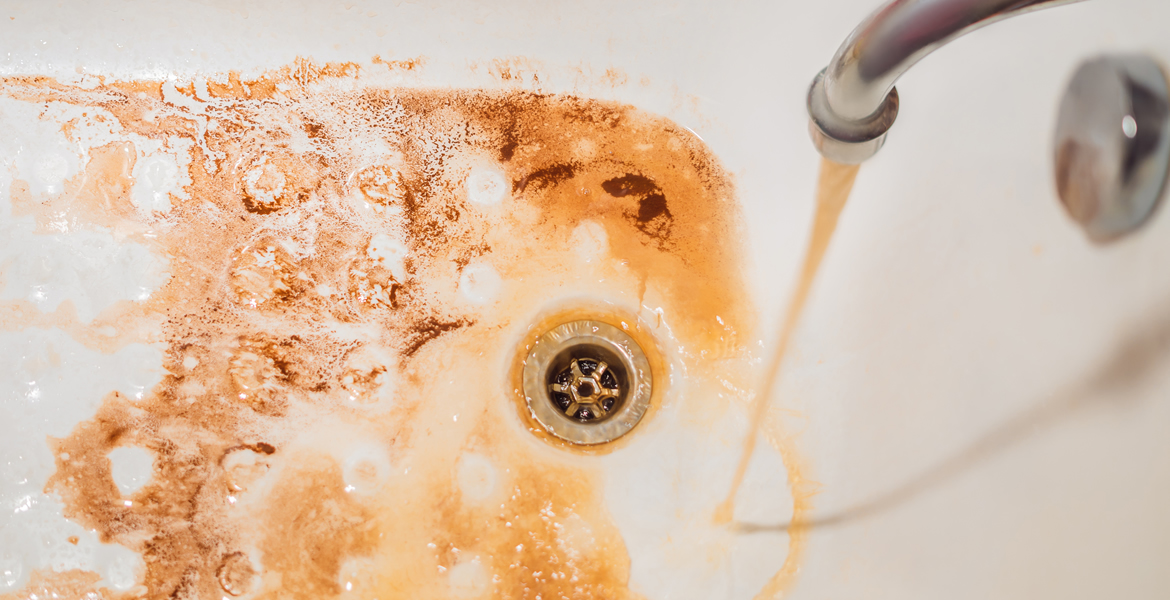Sediment is traditionally found in non-municipal water sources (wells and rainwater), but you would be surprised how much sediment is in city/municipal water too.
Sediments are naturally occurring particles, that develop as earth materials and are broken down through weathering and erosion. Sediment can consist of sand, rocks, silt and minerals, or may consist of organic particles of plants and microbes.
Sediments may appear in well water as color or cloudiness which may or may not settle on the bottom of containers. This type of sediment is called suspended solids.
Additionally, some sediment develops from clear well water only after it is exposed to air. This type of sediment is called dissolved solids.
What are the effects of Sediment?
Sediment can cause wear to plumbing, pumps, and water appliances or even create clogs throughout the water system to reduce the flow of water. (Alike to a pebble in your shoe).
Additionally, health risks posed by sediment in drinking water are from pollutants and pathogens that have attached themselves to sediment particles entering your water supply. Potential health contaminants include microbes such as bacteria, virus, and protozoa; pollutants such as fertilizers and pesticides; and dissolved metals like mercury, lead, and arsenic.
Both Wells and Rainwater needed to be tested. (Well water should be tested every 6 months and Rainwater should be tested yearly.)
Depending on your test results, the removal of sediment is typically accomplished through a properly sized POU Filter. Normal sizing is 5 microns for removal for working water.
Typically when a sediment filter is needed, we add both a POU Carbon (block) filter and UV Light, as there can be both organic contaminants and microbial present.
All drinking water should pass through Reverse Osmosis for Well water or Ultra Filtration for Rain water.
Pure, Clean, Odor free water!







